Play-Based Learning Implementation Guide
Practical steps, classroom strategies, and daily practices to help you bring play-based learning to life.
Read on for examples, tips, and quick wins you can start using right away.
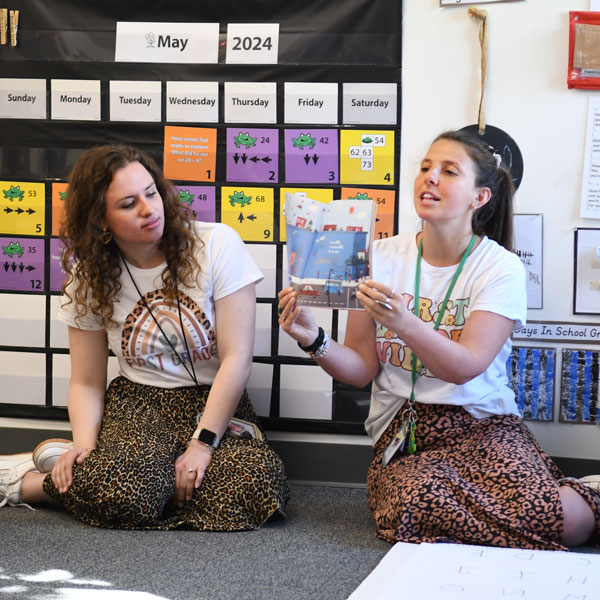
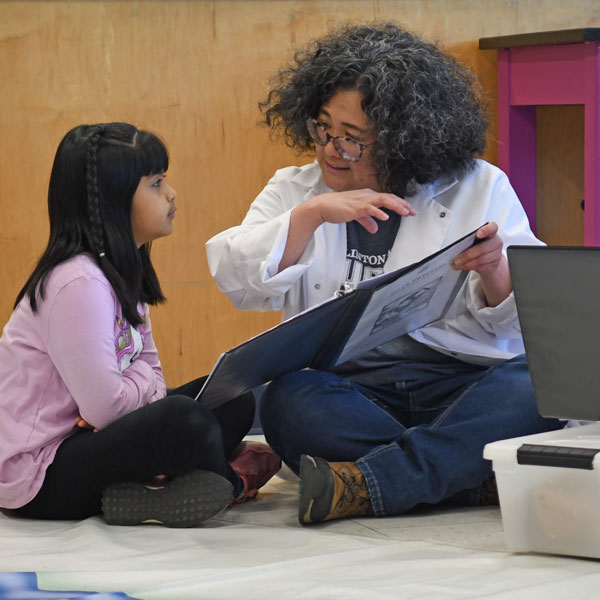
Rethinking Your Role as a Teacher
In play-based learning, the teacher is not the “sage on the stage” but the guide, facilitator, and observer.
- You still set goals, standards, and expectations.
- You scaffold learning by asking probing, open-ended questions.
- You observe closely, taking notes and planning next steps based on student inquiry.
- You often continue to use the same curriculum, you just change the way you engage students with that material.
This is not a recipe for chaos or vague goals. Instead, play-based learning creates an enriching environment that supports inquiry, observation, dialogue, problem-solving, and collaboration in the direction of curriculum standards.
Designing Your Classroom for Play
The physical setup of your room communicates how children will learn.
- Rows of desks suggest lecture and passive learning.
- Flexible clusters and open spaces invite collaboration and exploration.
- Walls and corners can become science stations, inquiry boards, or “wonder walls.”
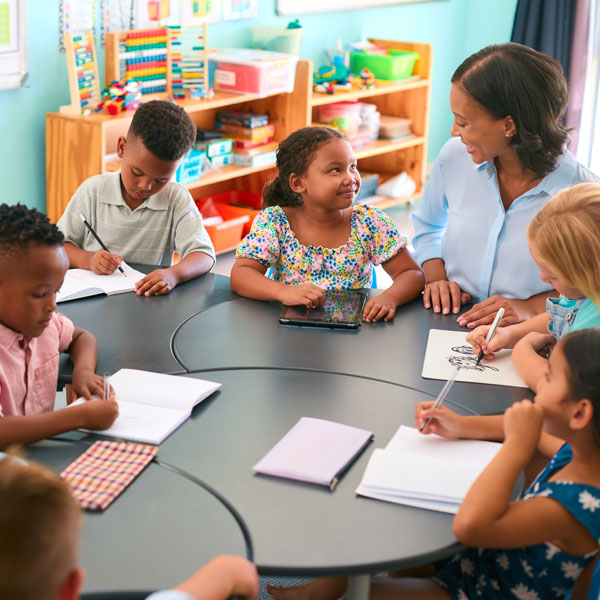
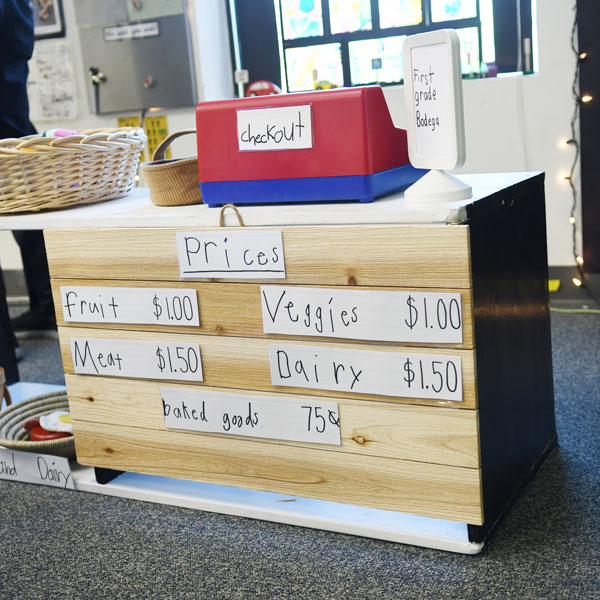
It's Okay to Start Small
Bringing playful learning into your classroom doesn’t have to be all-or-nothing. You can:
- Add a relevant essential question to an existing unit
- Provide open-ended materials to help students explore what they are learning
- Ask students what they notice or wonder about what they’re studying
Core Practices
for Daily Success
Observe & Listen
Use student conversations and questions to guide next steps, helping you understand interests and address misconceptions effectively.
Be Intentional
Play-based classrooms may look casual, but activities and materials should be thoughtfully implemented in the direction of learning goals.
Stay Flexible
Careful planning is essential, but how students arrive at understanding and achieve learning goals doesn’t have to be rigid
Welcome Movement
Collaborative learning requires children to move, talk with peers, and use their hands to create and test ideas for engaged learning.
Integrate Subjects
Children need to connect new learning with prior knowledge and see how multiple disciplines relate to one another and the real world.
Connect Community
Taking students outside the classroom is a great way to pique curiosity, integrate disciplines, and make real-world connections to learning.
Try & Retry
We learn through trial and error, so give students a safe space to work through problems and engage in the process of understanding.
Ask Essential Questions
Essential questions bridge daily routines with deeper inquiry, guiding exploration and connecting discoveries to larger themes.
Essential Questions in Action
Essential questions keep playful learning connected to the bigger ideas within the curriculum. They spark curiosity, foster critical thinking, and encourage student engagement.
Examples:
- Why do trees matter?
- How do rivers shape communities?
- What makes a story powerful?
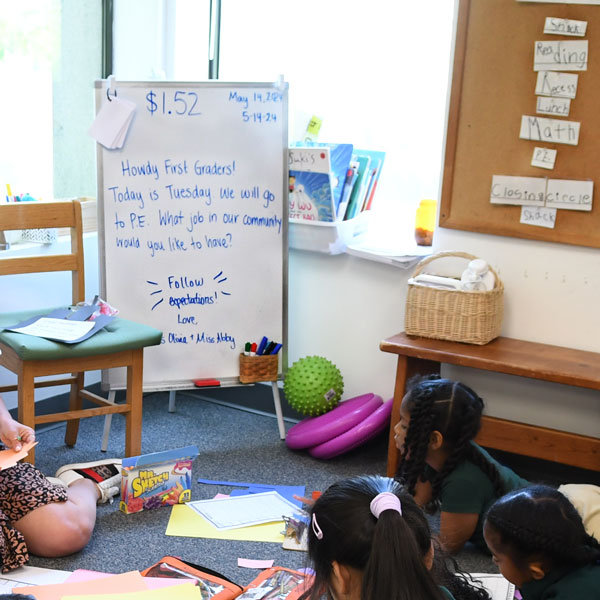
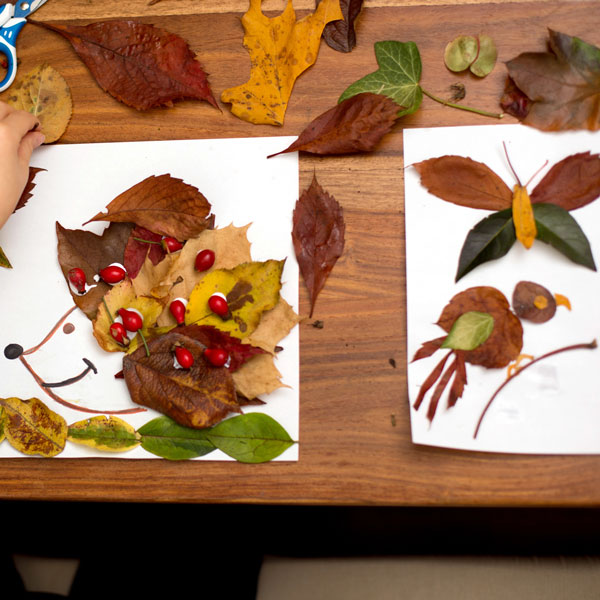
Quick Wins for Tomorrow
- Rearrange desks into groups instead of rows
- Add natural or recycled materials for exploration
- Post a single essential question to frame the week’s lessons
- Replace a worksheet with a hands-on building or problem-solving challenge
Next Steps
Ready to go deeper? Explore these resources to strengthen your play-based practice:
Articles & Guides
Recommended Books
Essential Questions: Opening Doors to Student Understanding by Jay McTighe & Grant Wiggins
Making Learning Whole by David Perkins
Creating Cultures of Thinking by Ron Ritchhart
Exemplary Programs
Prospect Hill Academy (Somerville, MA)
The Odyssey School (Baltimore, MD)
High Tech Elementary (San Diego, CA)
Bank Street School for Children (NYC)